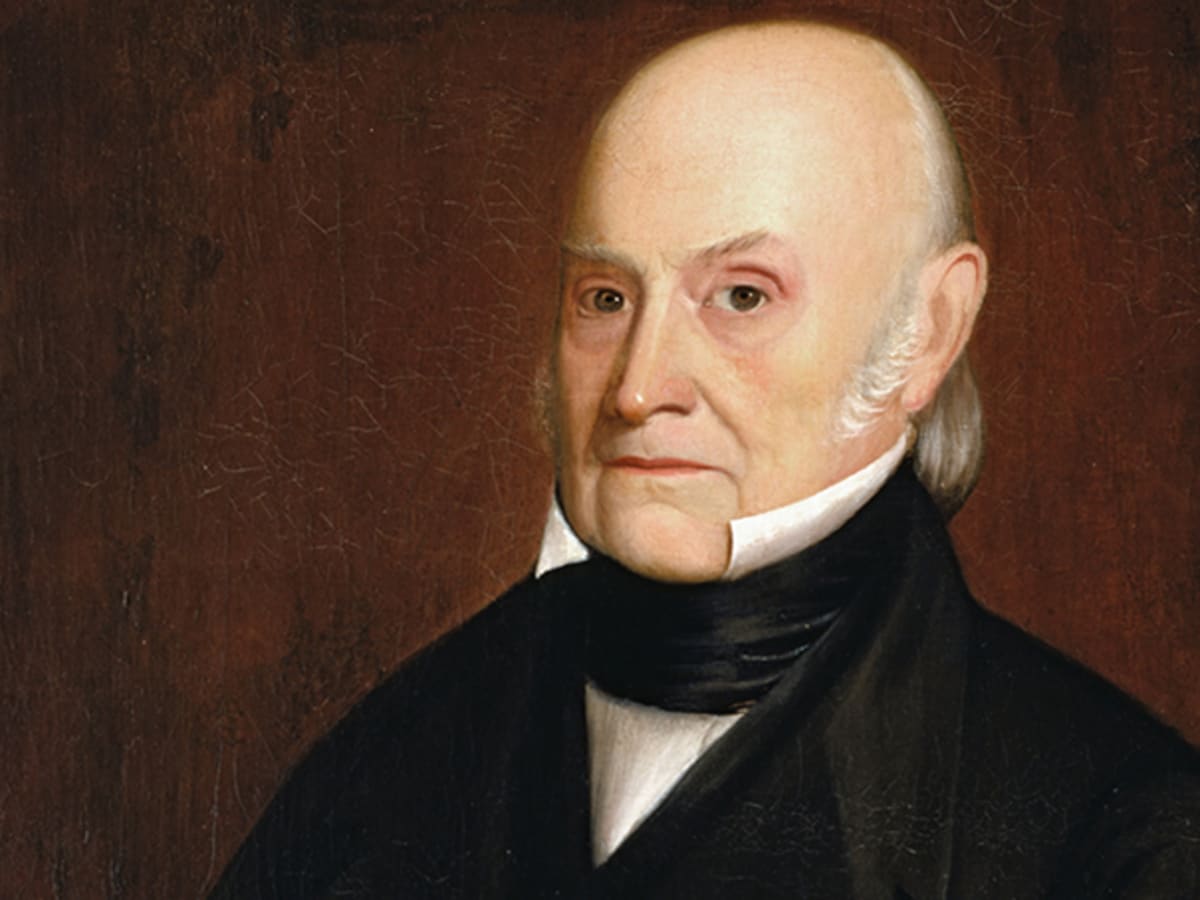The sixth president of the USA: Who is John Quincy Adams?
He is one of the US presidents who fought hard for the abolition of slavery. His father is the second president of the USA. He played an important role in recapturing Florida from Spain.

(1767-1848) He contributed to the development of the Monroe Doctrine and fought for the abolition of slavery. Born July 11, 1767, in Massachusetts, died February 23, 1848, in Washington. He is the son of the second President of the United States, John Adams. At a young age, he was with his father on his diplomatic trips to Europe. At the age of 14, he became the private secretary and French translator of Francis Dane, the US ambassador to Russia. He also served as his father's private secretary during the US-British peace talks in Paris. He returned to America in 1785 and studied law. While doing his law internship, he wrote articles for newspapers. His articles praising Washington's politics caught the president's attention. In 1794 he was appointed ambassador to the Netherlands. From there he sent to his government continuous reports on the political developments in Europe after the French Revolution. He became ambassador to Prussia during his father's presidency (1796-1800).
After Thomas Jefferson was elected president, he returned to Boston in 1800. He was elected to the Massachusetts State Senate in 1801. He entered the U.S. Senate in 1803 as the representative of Massachusetts. Although he was a member of the Federalist Party, he pursued an independent policy. He sided with the Republicans in ratifying the treaty to buy the State of Louisiana from France and supporting Jefferson's trade war policy against Britain. He resigned from the Senate in the face of pressure from the Federalists who concentrated on this.
Madison, the Republican candidate who was elected president in 1809, appointed Adams as ambassador to Russia. When war broke out between the USA and England in 1812, the Russian tsar offered to mediate between the two countries. In 1814, the Treaty of Ghent was signed as a result of peace negotiations, in which Adams also participated. The treaty did not contain definite provisions and left the resolution of many issues to the commissions. In contrast, the United States reaped significant economic benefits from the treaty. Adams was briefly in the British embassy after his assignment in Russia. After James Monroe was elected president in 1817, he returned to the United States and became minister of foreign affairs. Monroe and Adams worked in harmony as they shared common views on foreign policy. Expanding the borders of the USA, giving an independent director to the US diplomacy from the European countries, and recognizing the USA as a country on the same level as the European countries were the basis of these views.
For these purposes, Adams played an important role in recapturing Florida from Spain. According to the agreement signed at the end of long negotiations, Spain renounced its rights over the region east of the Mississippi and later named Texas in the USA, and the southern border of the USA was determined from the Atlantic Ocean to the Pacific Ocean. Adams also made an important contribution to the treaty signed with England in 1818, which drew the northern border of the United States. Later, his negotiations with Britain to open the West Indies trade to American ships were unsuccessful.
In 1823, he worked with President Monroe in drafting the so-called Monroe Doctrine. In this declaration, European states were asked not to interfere in the internal affairs of the USA and to put an end to their efforts to acquire new colonies in the Americas. With the Monroe Doctrine, the USA announced to the whole world that it would determine its foreign policy.
Adams, who was nominated for the presidency in the 1824 elections, was elected president after the four candidates could not obtain a quorum, with the support of one of the candidates, Clay. He made Clay secretary of state. Its program envisaged the increase of social welfare, the development of agriculture, industry, and commerce, and taking measures for the advancement of literature, fine arts, and science by a strong government. The program also included the establishment of national universities, the covering of scientific research expenses by the state, the use of common and single units in weight and length, the regulation of patent law, and the establishment of the ministry of interior. But due to the different views and strong opposition represented at congress, he could not fully implement his program.
In 1825, he asked the United States to attend the Panama Conference, which was organized by Simon Bolivar to discuss the common problems of the Latin American Republics and the United States. The majority of Congress opposed this request. The conference came to an end when, after lengthy discussions, the United States decided to send two delegates.
Adams was defeated by Jackson in the 1828 presidential election. He fought for the abolition of slavery in the House of Representatives, where he was elected in 1831. With the predominance of Southern representatives, a law was passed prohibiting the discussion of slavery-related issues in parliament. Adams argued that such a law was unconstitutional. He was the spokesperson of the petitions that poured into Congress for the abolition of slavery. In the face of his tireless struggle, the opposition gradually regressed. Finally, in 1844, the ban on negotiating articles against slavery was lifted.
Soon after, he took on the cases of African black slaves who had escaped from a Spanish ship. Although the administration of President Martin Van Buren favored the surrender of the slaves to their Spanish owners, the case resulted in the emancipation of the slaves.
During his tenure in Congress, he worked for the development and dissemination of science and art, as well as the problem of slavery. While in the House of Representatives in 1848, he suffered a cerebral hemorrhage and died after being in a coma for two days.
